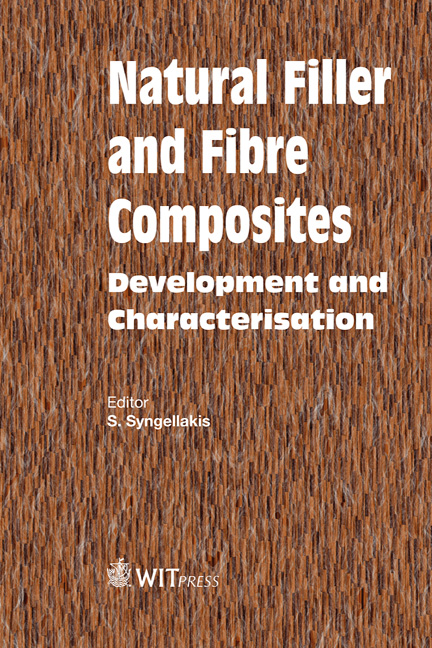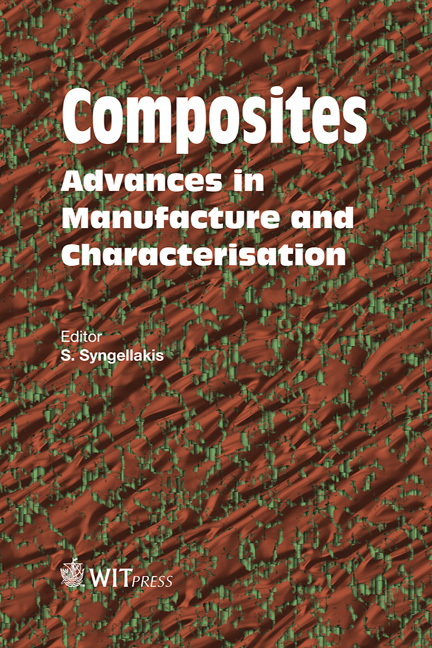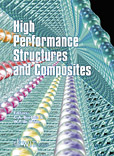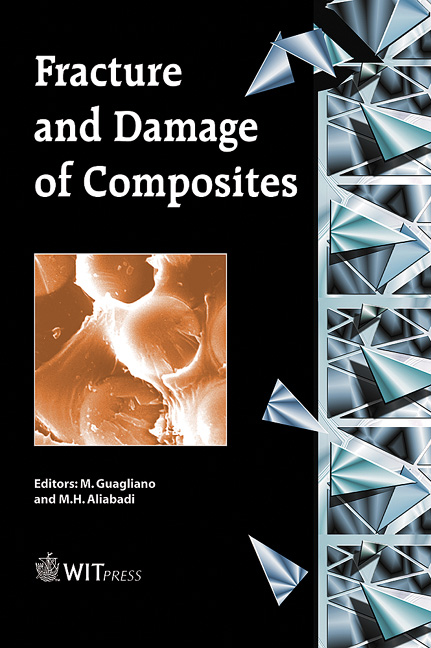Natural Filler and Fibre Composites
Development and Characterisation
Edited By: S. Syngellakis, Wessex Institute of Technology, UK
Price
$198.00 (free shipping)
ISBN
978-1-78466-147-2
eISBN
978-1-78466-148-9
Pages
236
Transaction Series
WIT Transactions on State-of-the-art in Science and Engineering
Transaction Volume
87
Published
2015
Format
Hardback
Natural Filler and Fibre Composites comprises a collection of articles dedicated to a range of materials with natural constituents, currently attracting considerable interest among researchers and engineers due to their environmental advantages. The purpose of the collection is to disseminate knowledge about and insight into the composition, structure, manufacture and properties of these materials in order to facilitate progress towards their further development as well as their wider adoption in engineering practice.
A wide range of issues is addressed starting with a review of treatments and properties that render several plant fibres applicable to engineering design. The volume includes several accounts of advanced manufacturing processes involving cellulose nanofibres and nanocrystals as well as micro-fibrillated cellulose as reinforcing substances. Another innovative process begins with the manufacture of composite fabric through plaiting a polymer fibre around natural yarn; this fabric is subsequently heat moulded into a fibre-reinforced composite. Special moulding techniques for combining jute fibres and rice straw with a biodegradable matrix are the focus of a number of articles.
Biodegradability is another important issue addressed. The biomass carbon ratio is defined as a measure of biodegradability and its value determined for certain composites; the degradation process is assessed under simulated and natural weathering exposures.
Experimental results are provided on mechanical and thermal properties of various fibres and composites reinforced with them. In particular, the described investigations concern the performance of such composites under tension and flexure, their fracture behaviour, their impact resistance and their thermal conductivity.
In summary, this volume describes a wide variety of innovative manufacturing processes, involving many natural materials, used both as reinforcement and matrix, as well as composite performance assessments under various conditions. As such, it is expected to make a valuable reference publication for engineers and scientists interested in the development and industrial applications of environmentally friendly composites.









